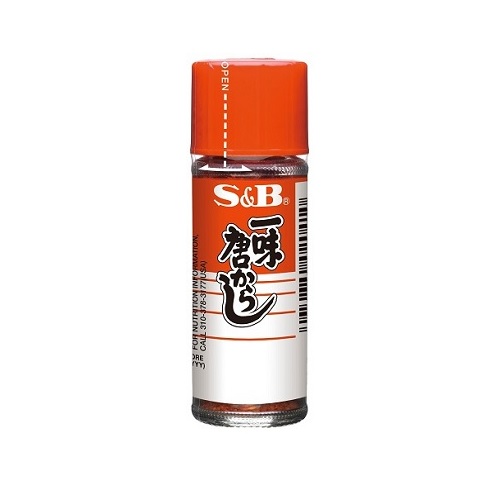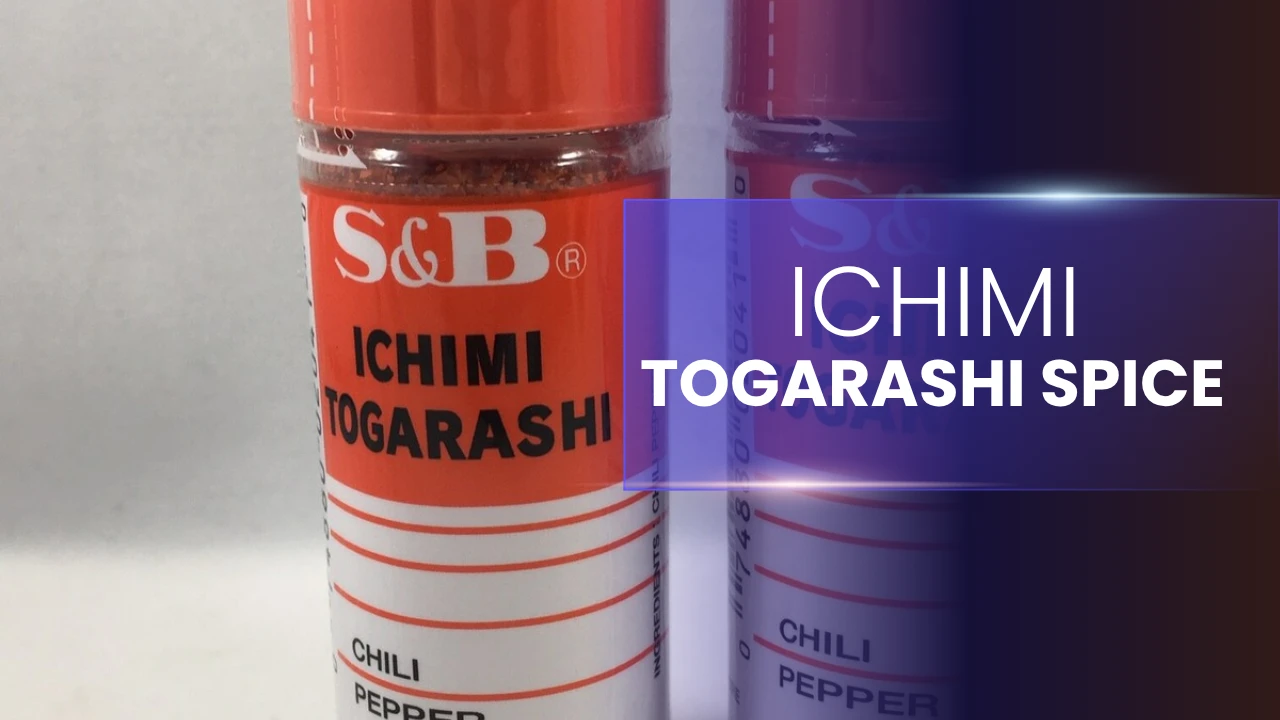Ichimi is a famous Japanese spice that literally means “one flavor.” The name comes from the fact that it is made from only one ingredient: ground red chili pepper.
It is simple, but powerful. Unlike Shichimi Togarashi, which is a blend of seven spices (including sesame seeds, dried citrus peel, and seaweed), Ichimi focuses only on chili. This gives it a clean, sharp, and fiery flavor that is loved by people who enjoy strong spice.

Origin and Background
- Chili peppers were first brought to Japan in the 16th century through Portuguese traders.
- Over time, Japanese cuisine adopted chili in different forms. Ichimi became popular for its pure heat.
- Today, it is a common table seasoning in Japan, much like black pepper or chili flakes in other countries.
How Ichimi is Made

- Selection of chili peppers – usually red chili varieties with strong heat.
- Drying – peppers are sun-dried until they lose moisture.
- Grinding – dried peppers are ground into a fine powder.
- Packaging – stored in small bottles or packets, ready to sprinkle.
This process keeps the flavor natural and the spice level high.
Common Uses in Japanese Food
Ichimi is often placed on restaurant tables, especially in noodle shops, so customers can add spice to taste. Some popular uses include:
Ramen – sprinkled over soup for extra heat.
Udon & Soba – adds a spicy kick to mild broths.
Grilled Meat & Yakitori – balances fatty or smoky flavors.
Rice Bowls (Donburi) – gives plain rice a punch of flavor.
Soups & Stews – enhances warmth and depth.
Health Benefits of Ichimi
- Boosts metabolism – capsaicin in chili can increase calorie burning.
- Rich in vitamins – especially Vitamin A and C.
- Improves blood circulation.
- Helps fight colds – clears nasal congestion.
- Low calorie – adds strong taste without extra fat or sugar.
Pros and Cons of Ichimi
Pros
- Pure and simple – just chili pepper.
- Strong heat for spice lovers.
- Low in calories, rich in nutrients.
- Versatile – can be used in many dishes.
- Enhances flavor without salt or oil.
Cons
- Too spicy for people who don’t like heat.
- Lacks complexity – only gives chili flavor.
- Can cause stomach irritation if overused.
- Not suitable for young children.
Ichimi vs Shichimi Togarashi
| Feature | Ichimi (一味) | Shichimi (七味) |
|---|---|---|
| Meaning | “One flavor” | “Seven flavors” |
| Ingredients | Pure chili powder | Chili + sesame + citrus peel + more |
| Flavor | Simple, hot, sharp | Spicy, aromatic, and balanced |
| Best for | Pure heat in dishes | Complex flavor with spice + aroma |
| Spice Level | Usually hotter | Medium, more balanced |
Final Thoughts
Ichimi is a must-try spice if you enjoy the bold, clean heat of chili peppers. It is one of the simplest seasonings in Japanese cooking but also one of the most powerful. Just a small sprinkle can transform noodles, rice, or grilled meat into a fiery and flavorful dish.
If you love pure spice, choose Ichimi.
If you prefer a mix of flavors, go for Shichimi Togarashi.
Either way, both spices are part of Japan’s rich food culture and are worth having in your kitchen.

